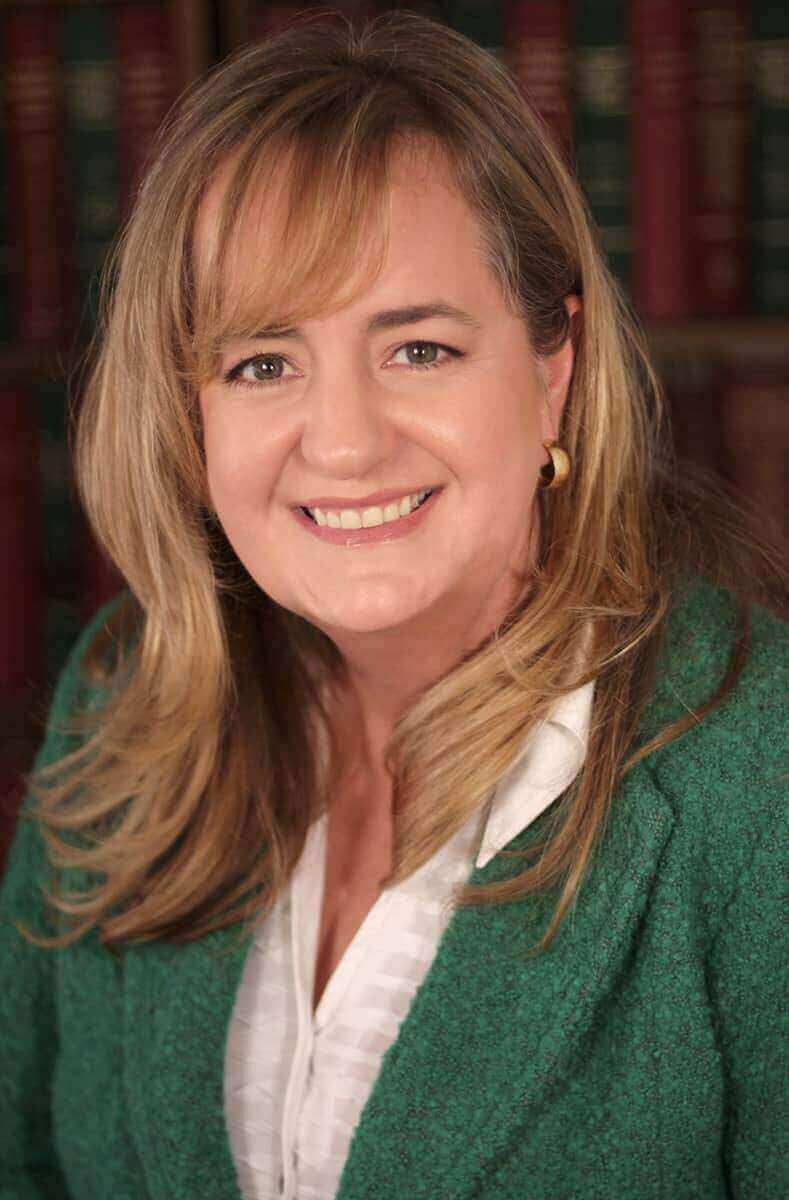Fannie Mae has changed the underwriting guidelines for investors who own more the 4 financed properties. The big changes are in bold and I have described the difference with an example of the difference in calculation.
- A financed property has been redefined as a residential 1-to 4-unit property with a mortgage for which the borrower is personally obligated. This means that if a borrower took out financing in the name of the LLC as a borrower or a partnership or some other entity then the loan will not be counted as a loan that requires reserves. Fannie Mae used to count all 1-4 unit financed properties in the count regardless of who the borrower on the loan was. This is great news for investors!
- The reserve calculation has been redefined for the other financed properties and will now be determined by applying a specific percentage based on the number of financed properties to the aggregate of the outstanding unpaid principal balance (UPB) for all mortgages and HELOCs.
*2% of the aggregate UPB if the borrower has 1 to 4 financed properties.
*4% of the aggregate UPB if the borrower has 5 to 6 financed properties.
*6% of the aggregate UPB if the borrower has 7 or more financed properties.
It used to be that a property where you owed $84,000 and had a PITI of $700 would have required 12 months of that PITI in reserves.
If your investor already had 6 properties where she owed $840,000 and a piti of $700 per month
then she would have needed $50,400 versus now you would need 4% of the aggregate of the loans
or $84,000 x 6 x 4% = $20,160 = much easier! $20,160 VS $50,400


